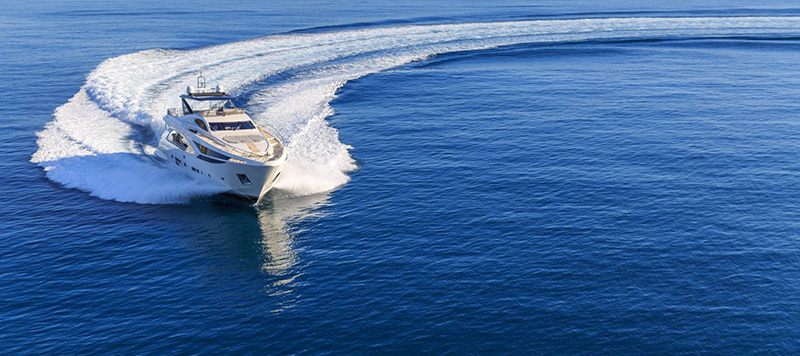Fish Finder FAQs
The latest in smart technology, designed exclusively for fishermen who want to minimise dormant time spent out on the water and really hone their craft. A fish finder is a piece of technology which uses pulses of sound energy to locate fish underwater. Confused? You’re not alone – the very technology behind fish finders often raises more questions than answers among buyers. So, in a bid to make this technology more accessible and to help you determine whether a fish finder is a good investment, we’ve created a round-up of some of the most commonly asked questions on the market.What is a fish finder?
Fish finders are technological devices that are fitted to boats to monitor the movement of large bodies underwater – capable of identifying schools of fish, underwater debris and wreckages as well as depth of a body of water (be it the ocean, a river bed, canal or lake). When used by commercial trawlers and fishermen, these devices form an integral part of an efficient fishing session. These kinds of users will be relying on fish finders with a high wattage of power in order to create and transmit waves powerful enough to reach the bottom of a large and open body of water. Hobby fishermen, meanwhile, can generally use a lower wattage fish finder which provides sufficient power for smaller lakes and reservoirs. Whatever kind of fisherman you are, a hobbyist or a more serious angler, a fish finder alleviates the hassle of locating fish and lets you jump straight into catching them. And here at Hudson Marine, we offer a range of models each boasting their own set of benefits and features.How does a fish finder work?
The devices use electrical impulses which originate in a transmitter and are transformed into sound waves before being released into the water. These waves travel through water and when they meet something they reflect the signal back – allowing the fish finder to read how large the object or mass is, how deep it is and where it is. Modern innovation means that fish finders are also now capable of distinguishing between different obstacles or mass bodies in the water and can identify the exact location of a school of fish as it moves past the boat.How do you read a fish finder?
Fish finders are fitted with a screen which depending on your chosen brand and model presents a complex and sophisticated outline of the water bed below you, its depth, any obstacles or debris and the location of fish. When it comes to reading a fish finder, most devices utilise the concept of a fish being presented as an arch – thus indicating the movement of the fish and allowing your device to plot the fish before it passes underneath your boat, when it is right underneath your boat and when it has passed out the other side. The smaller the arch, the smaller the fish – however, it is important to understand that an elongated arch does not mean the fish is bigger, simply that it is moving more slowly. In seeking a large fish, what matters most is the prominence of the arch and its height. Some things to note when learning how to read a fish finder include:- A half arch may indicate that a fish has swum part way across your SONAR range but has not been fully immersed in the device’s area of monitoring
- The depth finder built into your device can also provide information as to the water temperature – which for skilled fishermen will give you a better idea of which fish may be residing in that area
- Vertical lines across the screen mean you are passing over an area of dense vegetation
- A V-shaped dip along the bottom waterbed tracker means you are passing over an area of depression
- Different models offer different ways of interpreting information, for example some brands utilise colour technology while others keep it simple with black and white screen.

